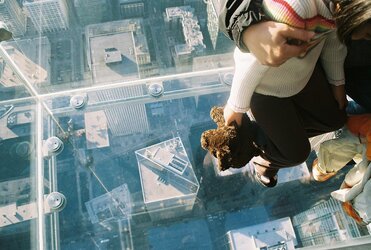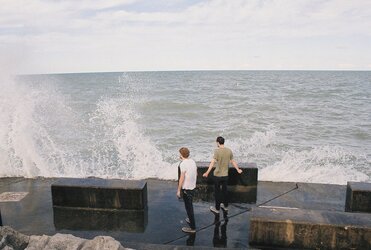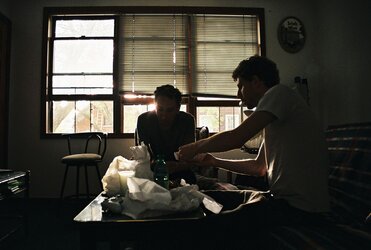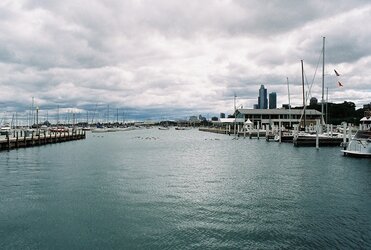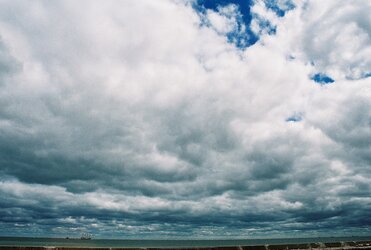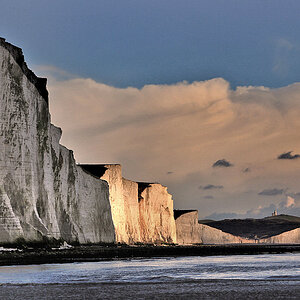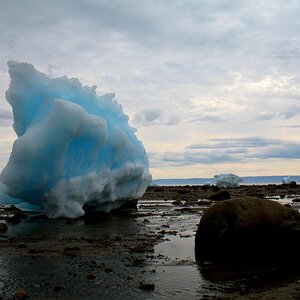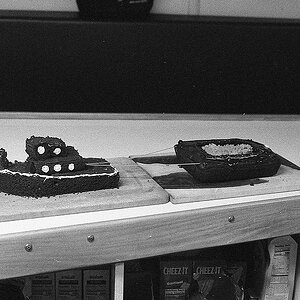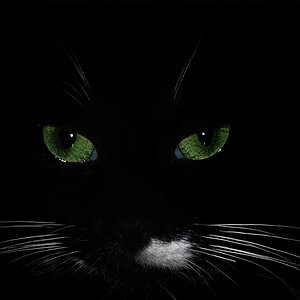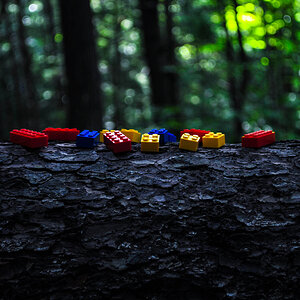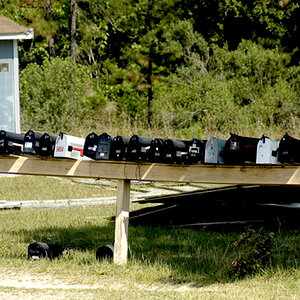okayheidi
TPF Noob!
- Joined
- Dec 27, 2013
- Messages
- 4
- Reaction score
- 0
- Location
- Chicago, IL
- Can others edit my Photos
- Photos NOT OK to edit
Hello everyone,
I hate for this to be my first post, but I figured I would try here first before consulting a professional.
I shot nine rolls of film overseas this summer. When I came back and got them developed, none of them turned out properly. Needless to say, I was devastated, which is why it has taken me so long to finally getting around to researching exactly what caused this problem (denial is a strange beast). So here's the scoop.
The camera is a Canon Rebel T2 and used a 28-90mm lens. I shot with some simple Kodak gold and some drug store Fuji film, 200 and 400 speed, respectively. Nothing fancy. Here are a couple examples of what happened.
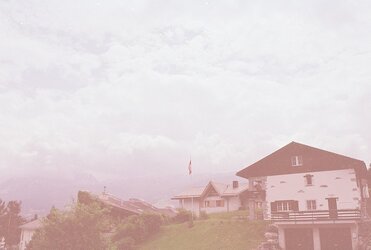
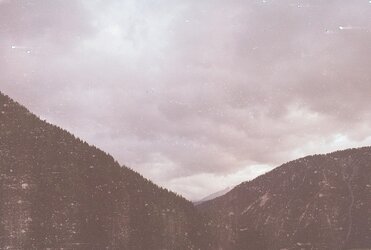
Every photo got, to some degree, this pink hue on it.

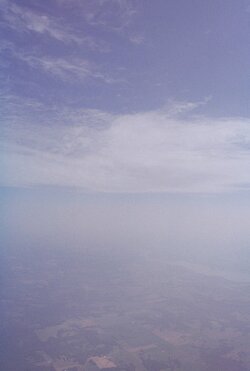


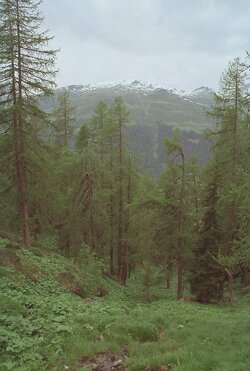
These are two examples of photos that turned out okay, but still were not even close to the amount of color and contrast they should have had. Something about the color is still totally washed out.

Also, for what it's worth, zooming in (as in the image above) resulted in an even MORE pink color than when the lens stayed at 28mm. Zooming up to the 90mm seemed to make the color at its worst.
Yikes, these sure were small uploads. They get the point across, but if anyone needs a look at a larger image, please let me know.
To clarify, I know that there is some issues with film being sent through security scanners at airports. This film went through twice, and not through the heavy-duty x-ray scanner for checked luggage, but the carry-on scanner. From what I understand, for this speed of film and considering it only went through twice, this shouldn't be the reason it turned out this way, but I didn't want to rule anything out.
If this is a problem I've obviously missed and I'm an idiot, please be kind to me, because I truly have no idea. I have shot hundreds of rolls of film on this camera and have never had a SINGLE problem prior to this.
I'm thinking it's a camera problem, considering EVERY roll of film was equally as affected as the others and in the exact same way. Otherwise, did the film get too exposed? Light leak in my camera? Film damaged? Fault of the developer? I don't remember DROPPING or bumping my camera in any way, but if I did, could this be the cause?
If it IS my camera, does anyone know if this is fixable? Where should I take it / send it?
Even if you aren't able to help / respond, thanks for reading this far. Thanks in advance to anyone who can help me!!
I hate for this to be my first post, but I figured I would try here first before consulting a professional.
I shot nine rolls of film overseas this summer. When I came back and got them developed, none of them turned out properly. Needless to say, I was devastated, which is why it has taken me so long to finally getting around to researching exactly what caused this problem (denial is a strange beast). So here's the scoop.
The camera is a Canon Rebel T2 and used a 28-90mm lens. I shot with some simple Kodak gold and some drug store Fuji film, 200 and 400 speed, respectively. Nothing fancy. Here are a couple examples of what happened.


Every photo got, to some degree, this pink hue on it.





These are two examples of photos that turned out okay, but still were not even close to the amount of color and contrast they should have had. Something about the color is still totally washed out.

Also, for what it's worth, zooming in (as in the image above) resulted in an even MORE pink color than when the lens stayed at 28mm. Zooming up to the 90mm seemed to make the color at its worst.
Yikes, these sure were small uploads. They get the point across, but if anyone needs a look at a larger image, please let me know.
To clarify, I know that there is some issues with film being sent through security scanners at airports. This film went through twice, and not through the heavy-duty x-ray scanner for checked luggage, but the carry-on scanner. From what I understand, for this speed of film and considering it only went through twice, this shouldn't be the reason it turned out this way, but I didn't want to rule anything out.
If this is a problem I've obviously missed and I'm an idiot, please be kind to me, because I truly have no idea. I have shot hundreds of rolls of film on this camera and have never had a SINGLE problem prior to this.
I'm thinking it's a camera problem, considering EVERY roll of film was equally as affected as the others and in the exact same way. Otherwise, did the film get too exposed? Light leak in my camera? Film damaged? Fault of the developer? I don't remember DROPPING or bumping my camera in any way, but if I did, could this be the cause?
If it IS my camera, does anyone know if this is fixable? Where should I take it / send it?
Even if you aren't able to help / respond, thanks for reading this far. Thanks in advance to anyone who can help me!!


